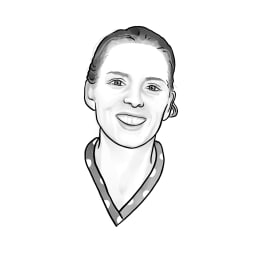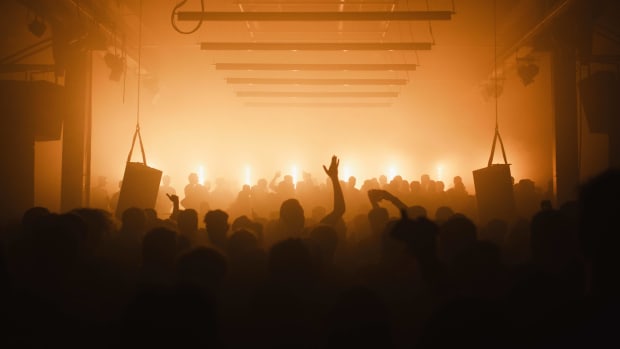
Chemistry | Partying on tripping molecules in the nightclub
Visuals that enhance the clubbing experience, are in vogue. UvA chemists are now taking their computer simulations of molecules to the club. “Everyone sees the similarity with the trippy images at a techno party.”
Moving images, often coloured, psychedelic patterns, intensify the musical experience in nightlife. And that seems to be a trend. Nightclubs and festivals are increasingly drawing inspiration from light and media artists to take the party experience to the next level, observes de Volkskrant.
A new genre may soon be added to this. On Friday evening, UvA chemists will project dancing molecules in a nightclub in Amsterdam, accompanied by uplifting electronic music.
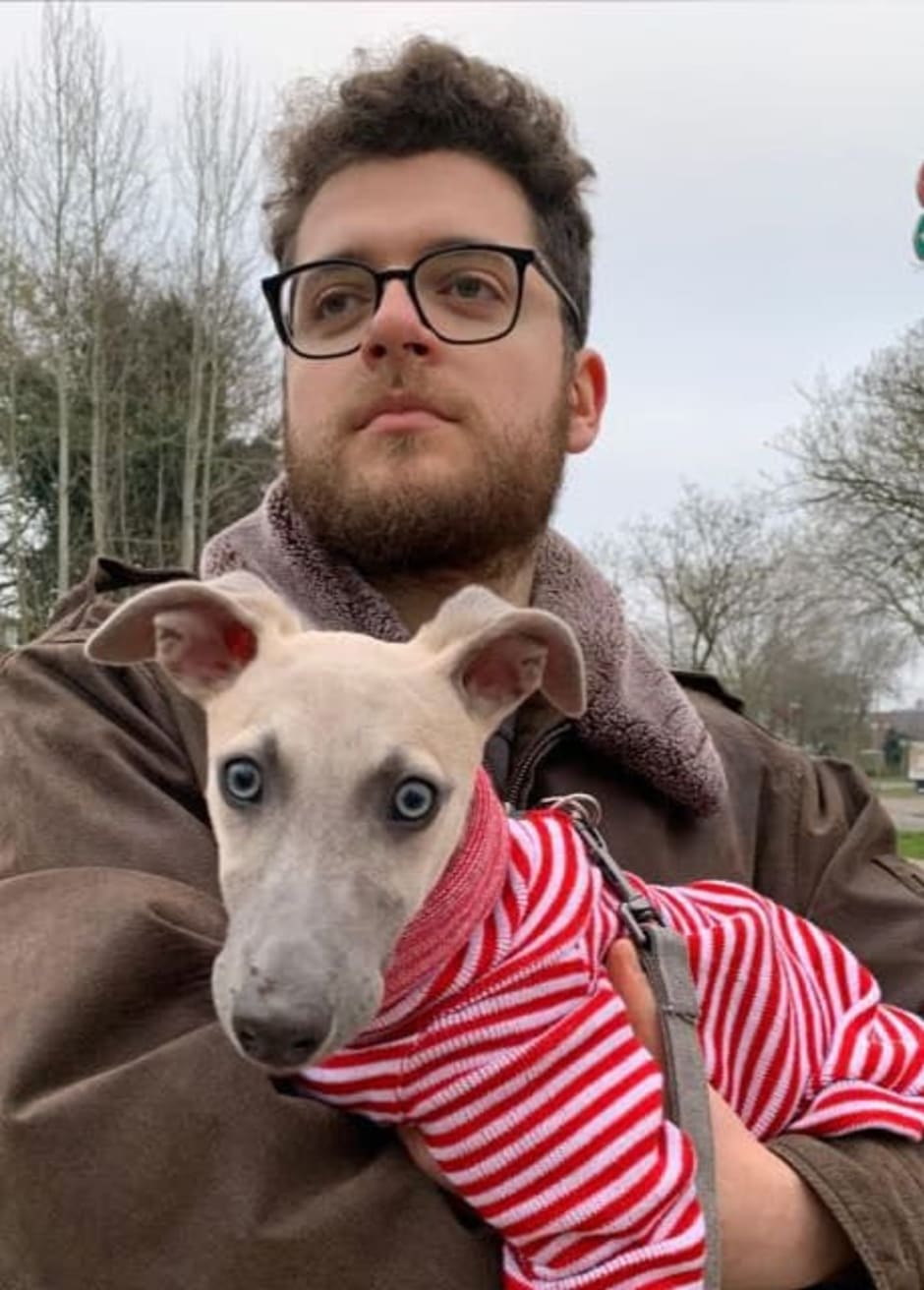
Passion for a party
It all started with an Italian UvA PhD student who was in the mood for a party. During his bachelor’s degree in Tuscany, Massimiliano Paesani had developed a passion for theatres and clubs and wanted to share that love with his Computational Chemistry research group at the ‘t Hoff Institute for Molecular Chemistry (HIMS).
In a classroom at the Science Park, Paesani – wearing dark-rimmed glasses, a beard and tattoos – explains how he tirelessly tried to spark enthusiasm for a party among his research group. Eventually, six chemists, including PhD student Eline Kempkes, gave in and booked an affordable club, the Jungle Amsterdam cultural centre in Amsterdam East.
Dancing dots
The idea to also show computer simulations of molecules – the research group’s main product – only came later. It is impossible to trace who it came from. Paesani: “I think every researcher involved in the simulations must have been reminded of the trippy images at a techno party.”
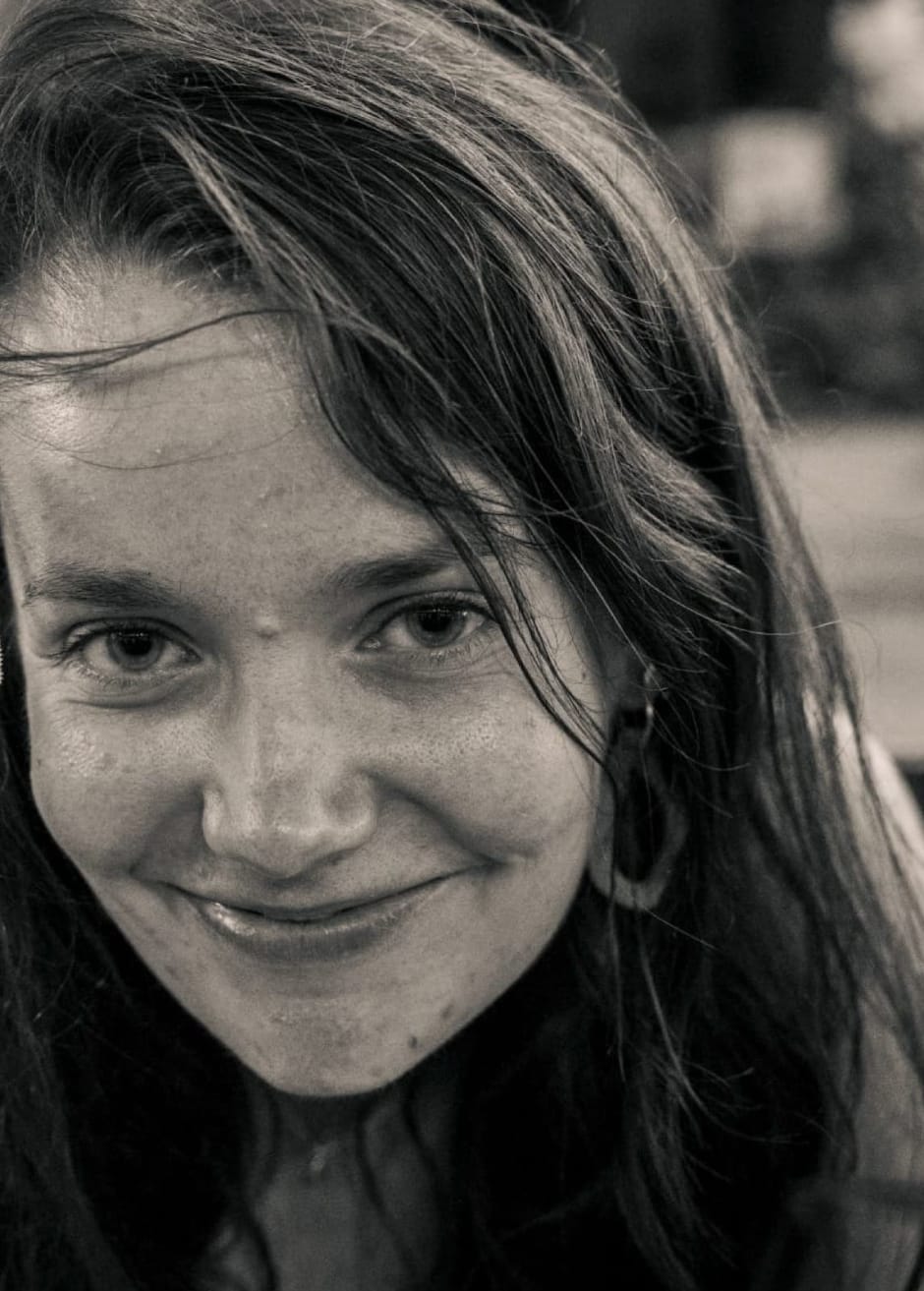
Researchers at Computational Chemistry use calculations to predict how molecules behave. They often convert these calculations into a short film, a 3D simulation. This is useful for sharing research results in presentations or at conferences.
While the layman sees dancing balls on a screen on Friday, the researcher sees something else. Paesani shows a video in which a blue ball spits out a green ball. “Here you see a simulation of how you can deliver a drug (the green ball) into the body using a nanoparticle (the blue ball). Chemists can use this computer simulation to determine which molecules are capable of delivering drugs into the body and which are not.”
Abba
The music in the nightclub is provided by Paesani – also known as DJ Fatty Hands. In a three-and-a-half-hour DJ set, he builds up from slow to uptempo, reflecting the scientific research that “progresses slowly but steadily”. Everything is included, from pop to extremely experimental. Paesani: “Abba is featured, as is jungle music (electronic music originating from the raves in the United Kingdom in the 1990s, ed.), an ode to the place where we are playing. The only thing I don’t play is reggaeton, due to personal beliefs.”
(Text continues below image.)
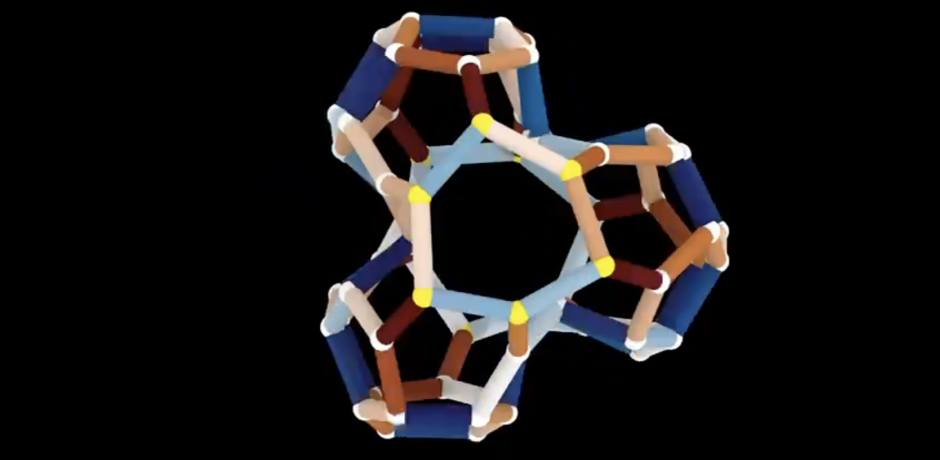
The main goal is to give visitors a fun evening. Kempkes: “It’s a bonus if the evening also arouses curiosity among visitors.” There was also an enthusiastic response from higher echelons of the academy. Kempkes: “We didn’t expect that, but some professors are even coming to the party on Friday.”
The researchers have not yet taken into account the possibility of resounding success. “This is the first time we’ve organized something like this,” says Kempkes. “And to be honest, it was quite stressful to organise this alongside a full-time job,” adds Paesani. “But why not? If it’s a success, we’ll show the molecules in other places too.”
On Friday evening, 28 November, from 9 p.m. onwards, you can dance during “Molecular Jungle” at the Jungle Amsterdam cultural centre in Amsterdam East, Tweede van Swindenstraat 26. There is a voluntary contribution of €5. You can register here.
